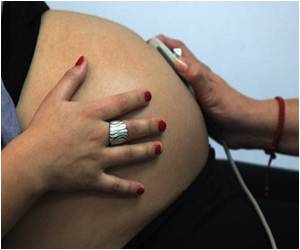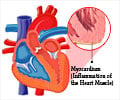
‘Considering the substantial economic burden, recognizing preterm delivery (PTD) as a potential risk factor, and encouraging women with PTD histories to participate in primary prevention programs would potentially curb the ever-increasing cardiovascular disease burden.
’
Tweet it Now
The article entitled "How Does Preterm Delivery Contribute to the Increased Burden of Cardiovascular Disease? Quantifying the Economic Impact of CVD in Women with a History of Preterm Delivery" was coauthored by Lan Gao, Ph.D., Shu-chuen Li, Ph.D., and Marj Moodie, DrPh, Deakin University (Geelong) and The University of Newcastle (Callaghan), Australia. While PTD is not traditionally recognized as a CVD risk factor, it places the mother at increased risk of developing CVD, including coronary heart disease and stroke, later in life, and women who have a PTD have about twice the risk of CVD mortality. Based on an Australian healthcare system perspective, the study comprised two models, a dynamic model and a static model which showed the total CVD cost burden to be 11.4 billion Australian dollars and 4.5 billion Australian dollars, respectively, over the 50-year study period. The years of life lost were 0.34 per capita and 0.52 per capita, respectively.
In an accompanying editorial entitled "The Economic Burden of CVD in Women with a History of Preterm Delivery," Margo Minissian, Ph.D., Cedars-Sinai Medical Center (Los Angeles, CA) states: "Considering the substantial economic burden eloquently described by Gao et al., future prevention strategies for women who experience PTD are imperative." In addition, "recognizing PTD as a potential CVD risk factor/enhancer is important."
Dr. Minissian highlights the novel microsimulation modeling technique used in this study, which allows for subsequent recurrent CVD events to be captured over a lifetime. Most notable was the 19.8% 4-year recurrence rate of stroke.
Source-Eurekalert















